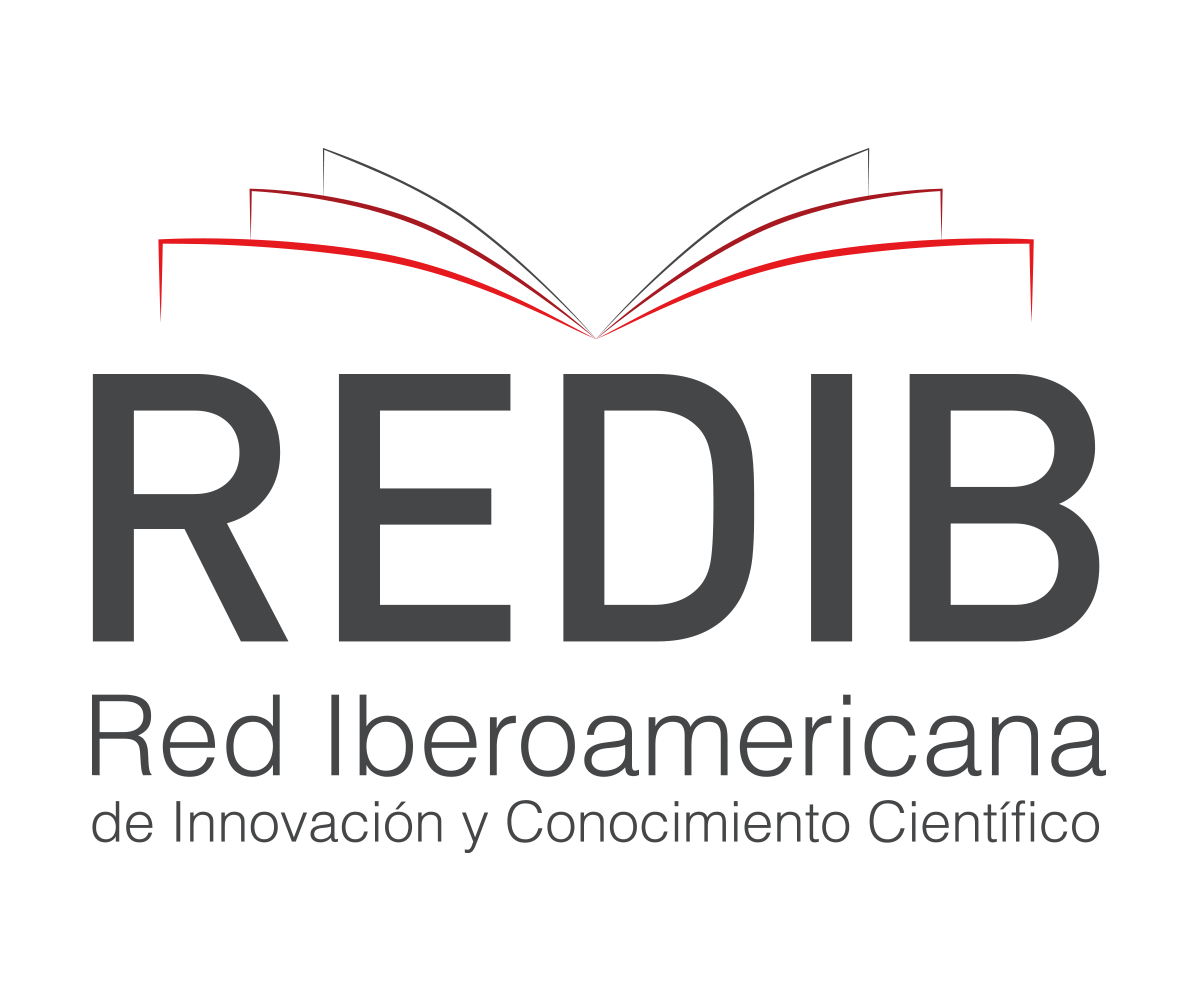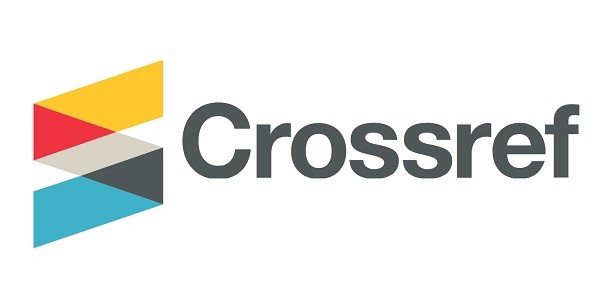INVESTIGATION OF THE INFLUENCE OF PERSONALITY TRAITS IN THE USE OF DIFFERENT MULTIMEDIA ELEMENTS
DOI:
https://doi.org/10.31510/infa.v17i2.892Keywords:
Personality traits, Multimedia elements, Cognitive loadAbstract
In educational computer systems, media elements have been used as important cognitive tools, capable of supporting the understanding of more complex information. However, when elaborated inappropriately, the media elements can make it difficult to understand the instructions, resulting in a high cognitive effort by the students. To minimize this problem, studies adopt principles and / or guidelines that support the study of more effective multimedia elements during learning, in which information processing is used. However, these studies do not consider individual aspects, such as personality traits. Some studies indicate that personality traits can influence information processing, such as the ability to process visual and auditory information at the same time. This article presents the planning, execution and results of an experiment carried out to investigate how personality traits can affect students' learning, cognitive effort and feelings of frustration when using different multimedia elements. It was observed that some students showed a high degree of anxiety and impatience in using the example worked.
Downloads
Metrics
References
ALVES, M. V. C.; MODESTO, J. G.; LIMA-ROSSETTI, D.; LANINI, J.; BUENO, O. F. A. As dimensões da carga cognitiva e o esforço mental. Revista Brasileira de Psicologia, v. 1, n. 4, 2017.
BARBOSA, A.Modelo hierárquico de fobias infanto-juvenis: testagem e relação com osestilos maternos. Tese (Doutorado) — Tese de doutorado apresentada ao Programa de Pós-Graduação Programa Integrado de Doutorado em Psicologia Social (UFPB/UFRN)), 2009.
HART, S. G.; STAVELAND, L. E. Development of nasa-tlx (task load index): Results of empirical and theoretical research. In: Advances in psychology. [S.l.]: Elsevier, 1988. v. 52, p. 139–183.
KNIPPENBERG, A. V.; DIJKSTERHUIS, A.; VERMEULEN, D. Judgement and memory of a criminal act: The effects of stereotypes and cognitive load. European Journal of Social Psychology, Wiley Online Library, v. 29, n. 2-3, p. 191–201, 1999.
LYRA, K.; ISOTANI, S. Impacto do uso de infográficos como materiais de aprendizagem e suas correlações com satisfação, estilos de aprendizagem e complexidade visual. In: Anais dos Workshops do Congresso Brasileiro de Informática na Educação. [S.l.: s.n.], 2017. v. 6, n. 1, p. 46.
MAYER, R.; MORENO, R. Nine Ways to Reduce Cognitive Load in Multimedia Learning. In: Educational Psychologist. [S.l.: s.n.], 2003. v. 38, p. 43–52. ISBN 0046-1520.
MATTHEWS, Gerald. Personality and information processing: A cognitive-adaptive theory. Handbook of personality theory and assessment, v. 1, p. 56-79, 2008.
PONTE, J. P. d.; BRANCO, N.; MATOS, A. Álgebra no ensino básico. In: . [S.l.]: MEDGIDC, 2009.
REIS, H. M.; BORGES, S. S.; DURELLI, V. H.; MORO, L. F. d. S.; BRANDAO, A. A.; BARBOSA, E. F.; BRANDAO, L. O.; ISOTANI, S.; JAQUES, P. A.; BITTENCOURT, I. I. Towards reducing cognitive load and enhancing usability through a reduced graphical user interface for a dynamic geometry system: An experimental study. In: IEEE. Multimedia (ISM), 2012 IEEE International Symposium on. [S.l.], 2012. p. 445–450.
REIS, H. M.; JAQUES, P. A.; ISOTANI, S. Sistemas tutores inteligentes que reconhecem o estado emocional do estudante: Um mapeamento sistemático. intelligent tutors systems that recognize the student’s emotional state: A systematic mapping. Research and Innovation in Brazilian Education, 2(2), pp.101-114. Lemann Center, Stanford: Palo Alto, 2017.
SALDEN, R. J.; ALEVEN, V.; SCHWONKE, R.; RENKL, A. The expertise reversal effect and worked examples in tutored problem solving. Instructional Science, Springer, v. 38, n. 3, p. 289–307, 2010.
SCHWONKE, R.; RENKL, A.; KRIEG, C.; WITTWER, J.; ALEVEN, V.; SALDEN, R. The worked-example effect: Not an artefact of lousy control conditions. Computers in Human Behavior, Elsevier, v. 25, n. 2, p. 258–266, 2009.
SHIMOMURA, Y.; HVANNBERG, E. T.; HAFSTEINSSON, H. Haptic cues as a utility to perceive and recognise geometry. Universal Access in the Information Society, Springer, v. 12, n. 2, p. 125–142, 2013.
Downloads
Published
How to Cite
Issue
Section
License
Copyright (c) 2021 Revista Interface Tecnológica

This work is licensed under a Creative Commons Attribution 4.0 International License.
Os direitos autorais dos artigos publicados pertencem à revista Interface Tecnológica e seguem o padrão Creative Commons (CC BY 4.0), que permite o remixe, adaptação e criação de obras derivadas do original, mesmo para fins comerciais. As novas obras devem conter menção ao(s) autor(es) nos créditos.
- Abstract 378
- PDF (Português (Brasil)) 232












.jpg)




1.png)
1.png)